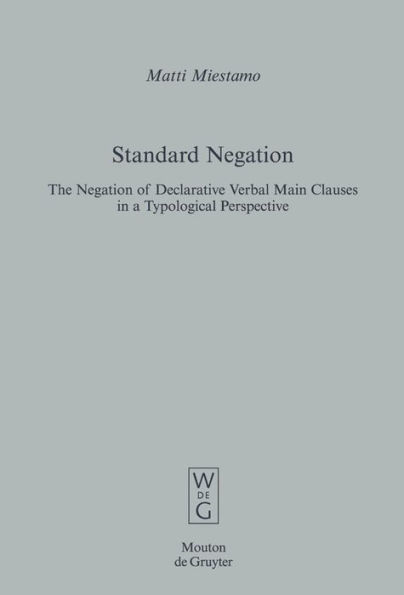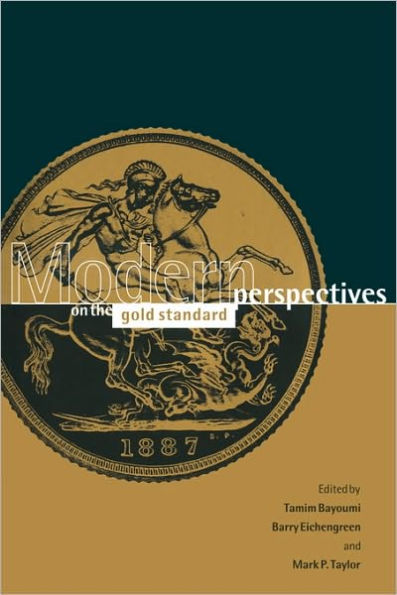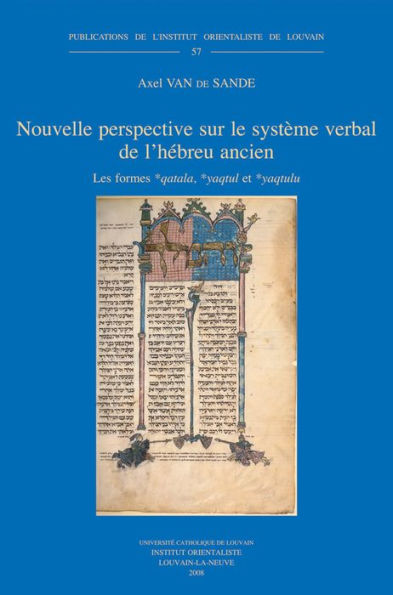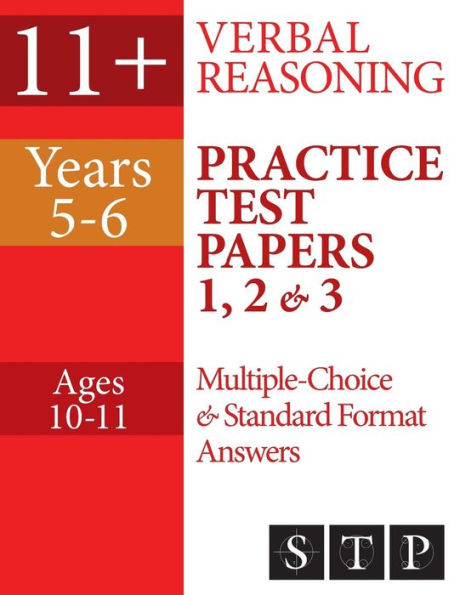Home
Standard Negation: The Negation of Declarative Verbal Main Clauses in a Typological Perspective
Barnes and Noble
Loading Inventory...
Standard Negation: The Negation of Declarative Verbal Main Clauses in a Typological Perspective in Franklin, TN
Current price: $320.00

Barnes and Noble
Standard Negation: The Negation of Declarative Verbal Main Clauses in a Typological Perspective in Franklin, TN
Current price: $320.00
Loading Inventory...
Size: OS
This book is the first cross-linguistic study of clausal negation based on an extensive and systematic language sample. Methodological issues, especially sampling, are discussed at length. Standard negation – the basic structural means languages have for negating declarative verbal main clauses – is typologized from a new perspective, paying attention to structural differences between affirmatives and negatives. In symmetric negation affirmative and negative structures show no differences except for the presence of the negative marker(s), whereas in asymmetric negation there are further structural differences, i.e. asymmetries. A distinction is made between constructional and paradigmatic asymmetry; in the former the addition of the negative marker(s) is accompanied by further structural differences in comparison to the corresponding affirmative, and in the latter the correspondences between the members of (verbal etc.) paradigms used in affirmatives and negatives are not one-to-one. Cross-cutting the constructional-paradigmatic distinction, asymmetric negation can be further divided into subtypes according to the nature of the asymmetry. Standard negation structures found in the 297 sample languages are exemplified and discussed in detail. The frequencies of the different types and some typological correlations are also examined. Functional motivations are proposed for the structural types – symmetric negatives are language-internally analogous to the linguistic structure of the affirmative and asymmetric negatives are language-externally analogous to different asymmetries between affirmation and negation on the functional level. Relevant diachronic issues are also discussed. The book is of interest to language typologists, descriptive linguists and to all linguists interested in negation.
This book is the first cross-linguistic study of clausal negation based on an extensive and systematic language sample. Methodological issues, especially sampling, are discussed at length. Standard negation – the basic structural means languages have for negating declarative verbal main clauses – is typologized from a new perspective, paying attention to structural differences between affirmatives and negatives. In symmetric negation affirmative and negative structures show no differences except for the presence of the negative marker(s), whereas in asymmetric negation there are further structural differences, i.e. asymmetries. A distinction is made between constructional and paradigmatic asymmetry; in the former the addition of the negative marker(s) is accompanied by further structural differences in comparison to the corresponding affirmative, and in the latter the correspondences between the members of (verbal etc.) paradigms used in affirmatives and negatives are not one-to-one. Cross-cutting the constructional-paradigmatic distinction, asymmetric negation can be further divided into subtypes according to the nature of the asymmetry. Standard negation structures found in the 297 sample languages are exemplified and discussed in detail. The frequencies of the different types and some typological correlations are also examined. Functional motivations are proposed for the structural types – symmetric negatives are language-internally analogous to the linguistic structure of the affirmative and asymmetric negatives are language-externally analogous to different asymmetries between affirmation and negation on the functional level. Relevant diachronic issues are also discussed. The book is of interest to language typologists, descriptive linguists and to all linguists interested in negation.



![New Standards [Barnes & Noble Exclusive] [Gold Vinyl]](https://prodimage.images-bn.com/pimages/0888072404250_p0_v2_s600x595.jpg)













